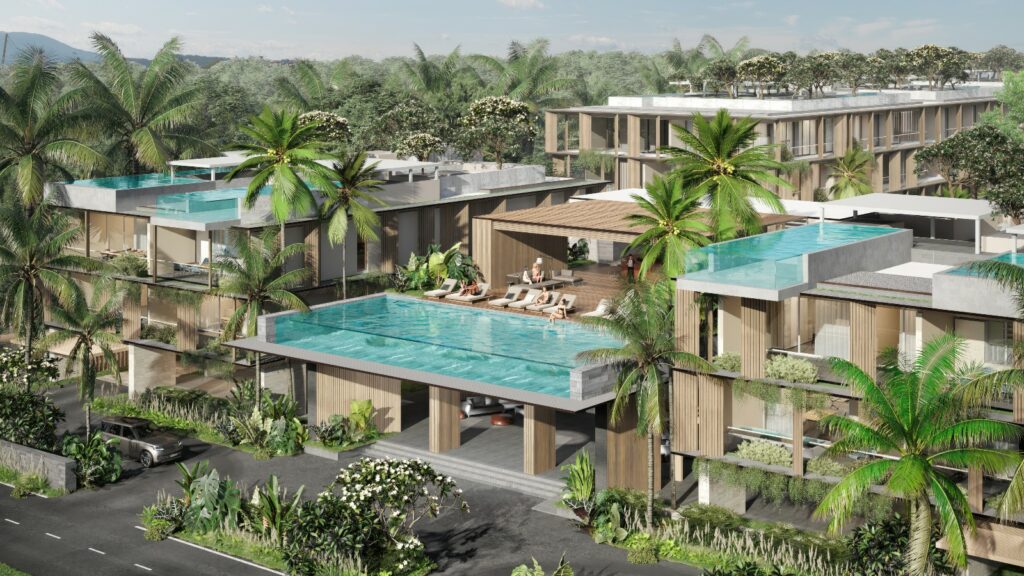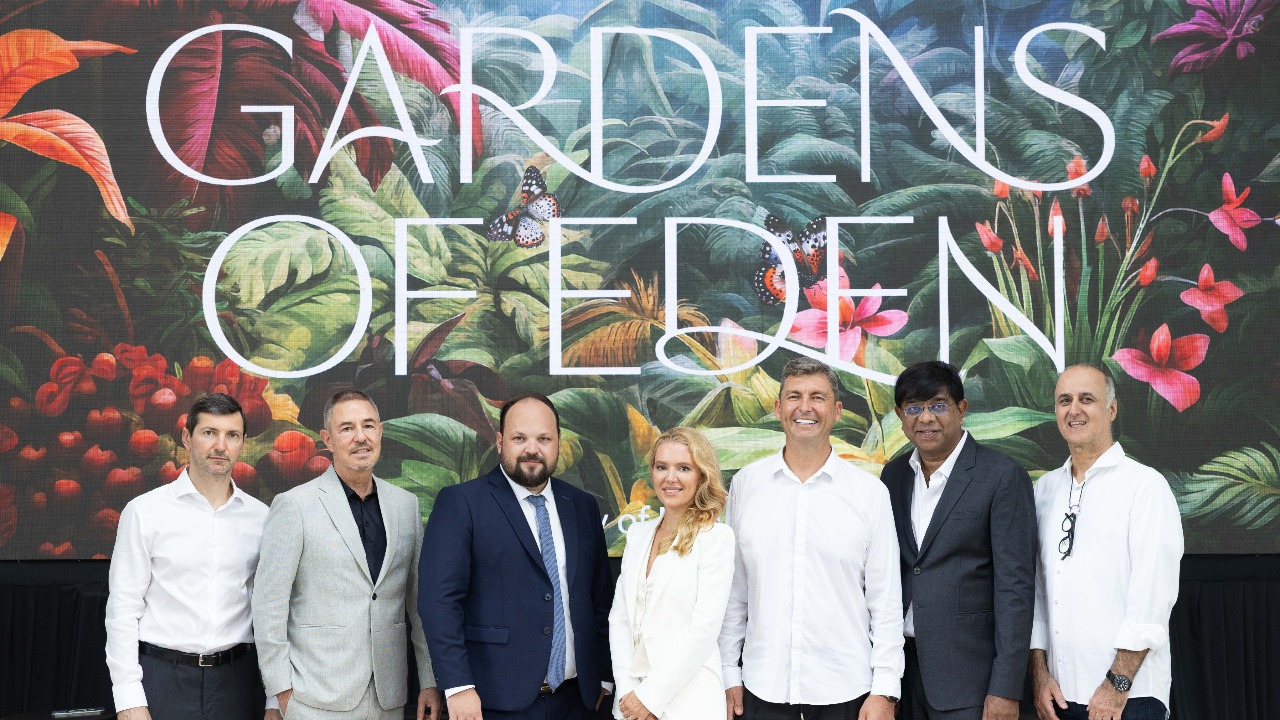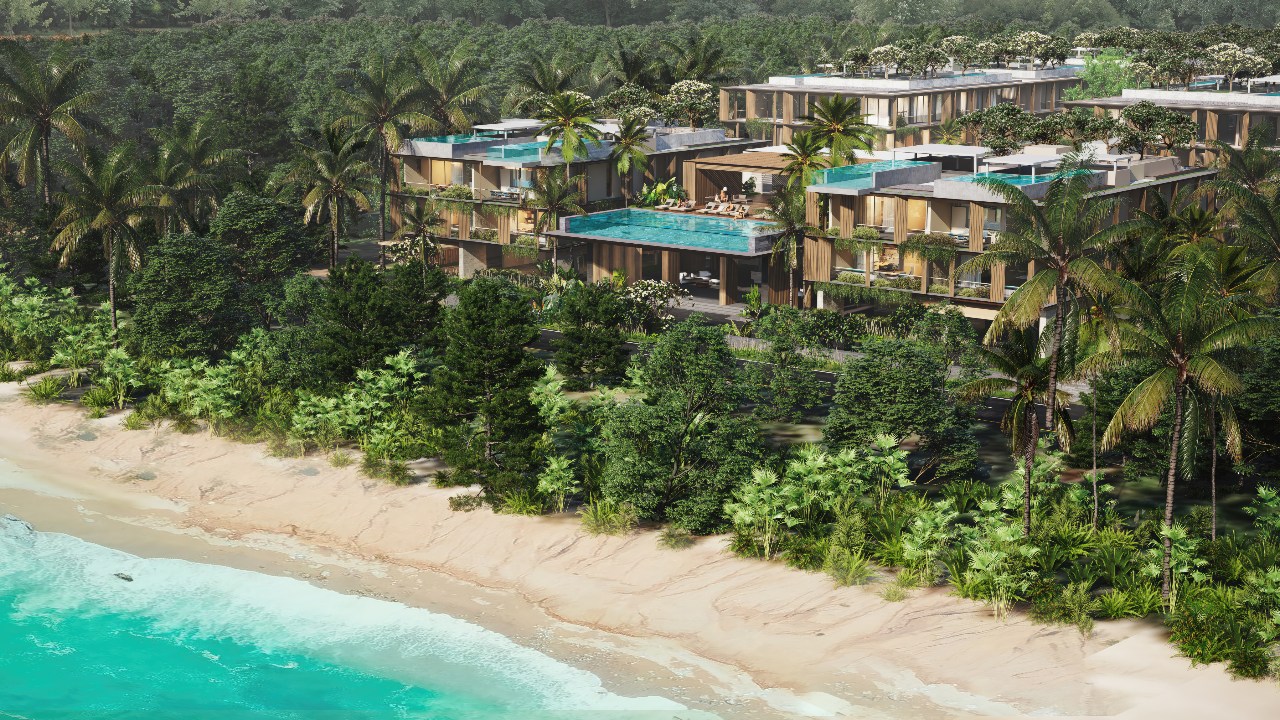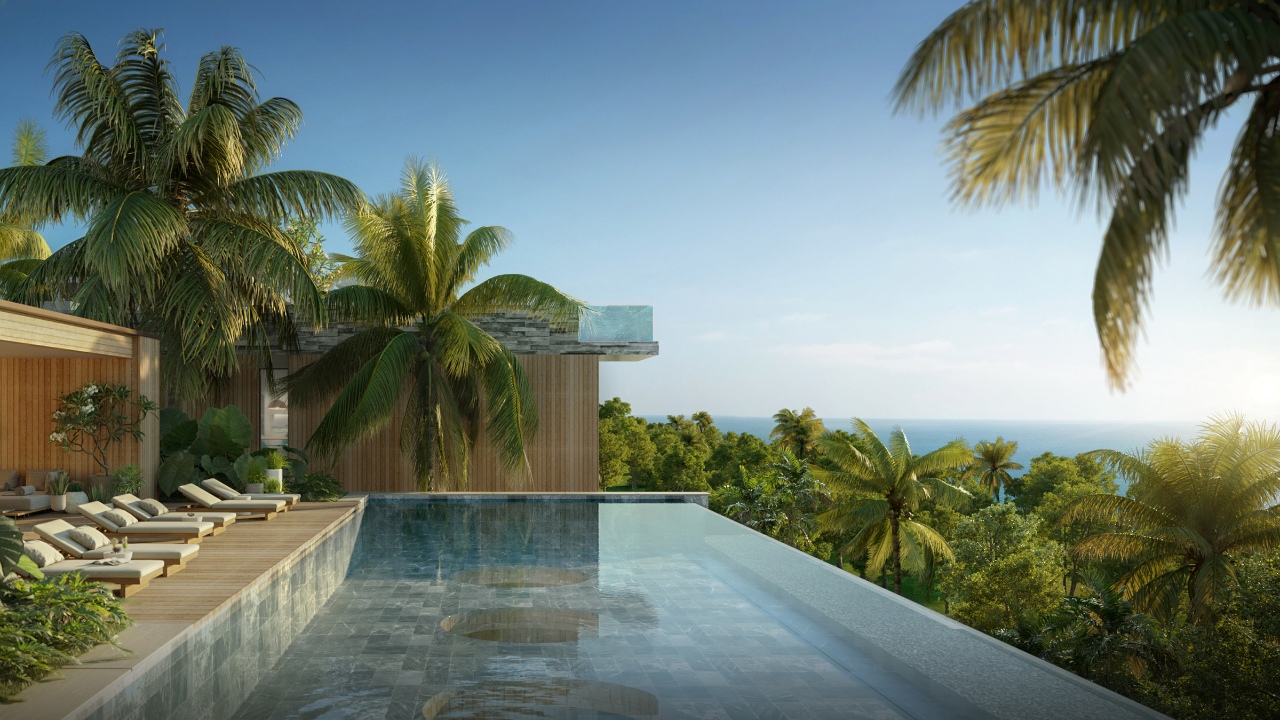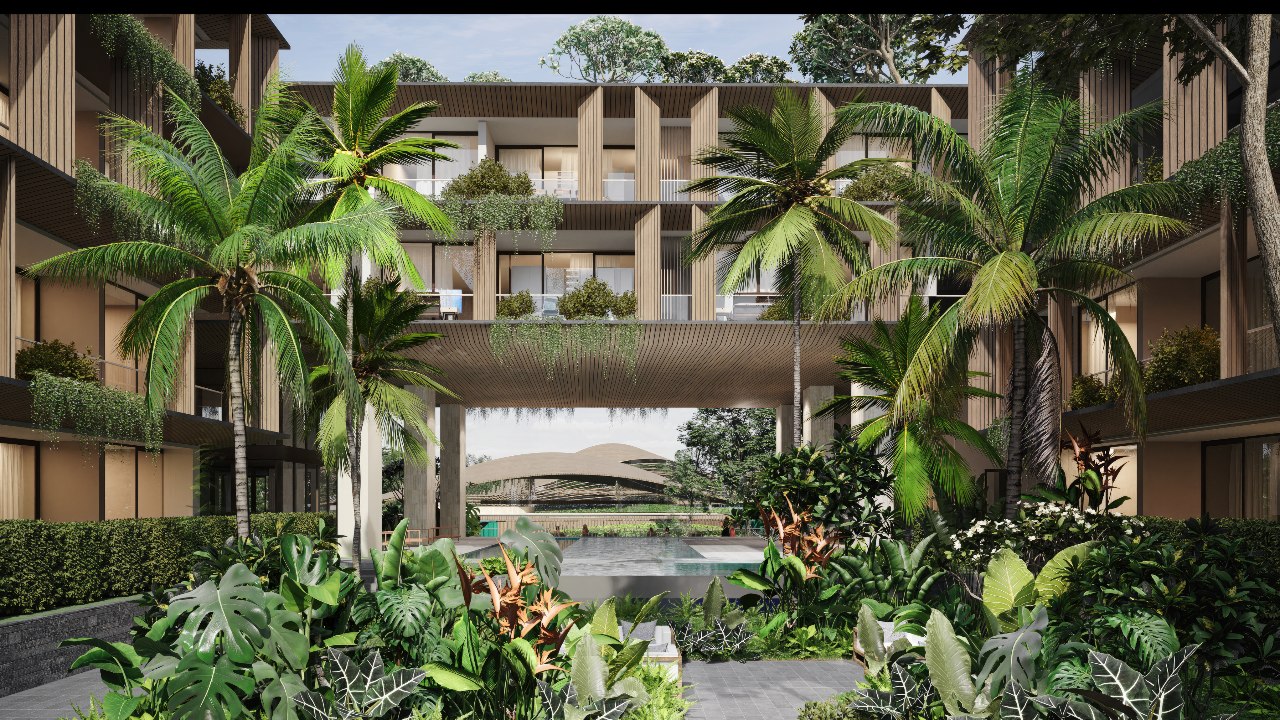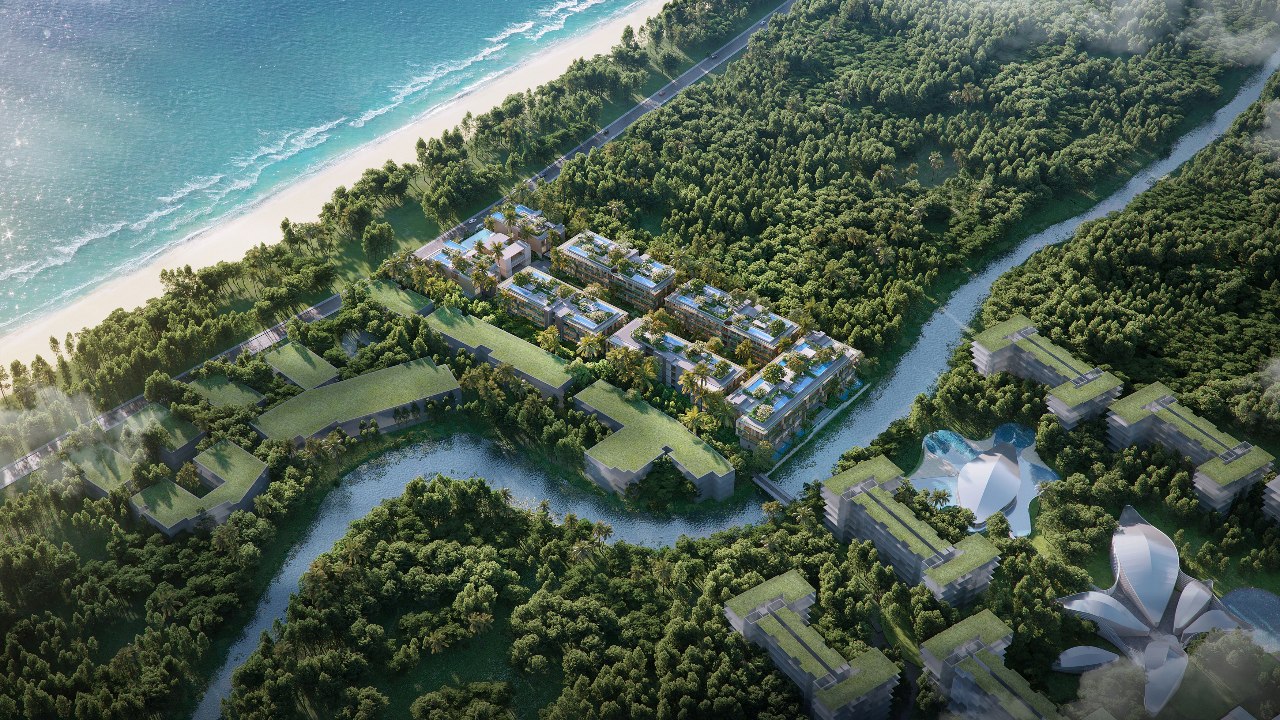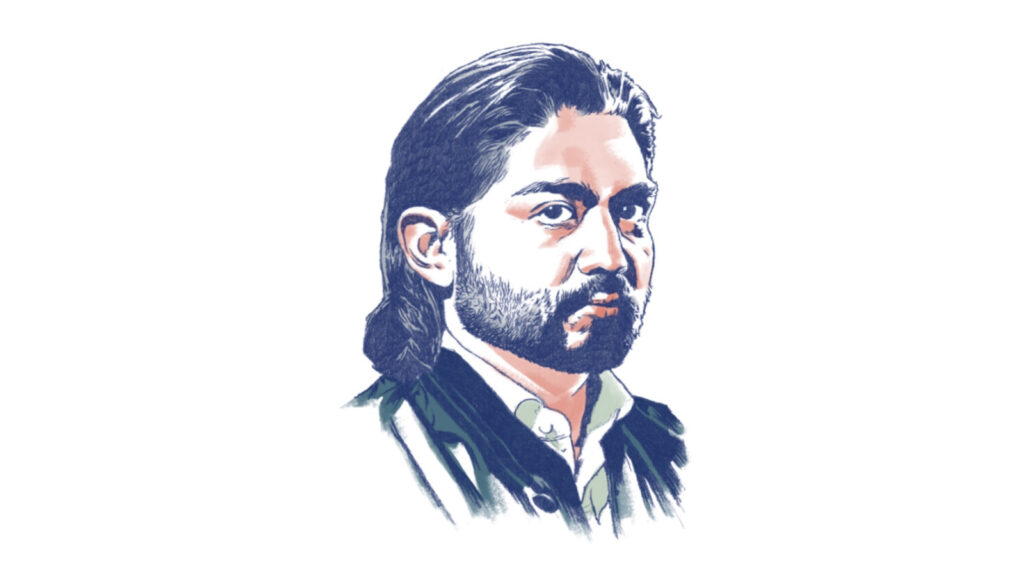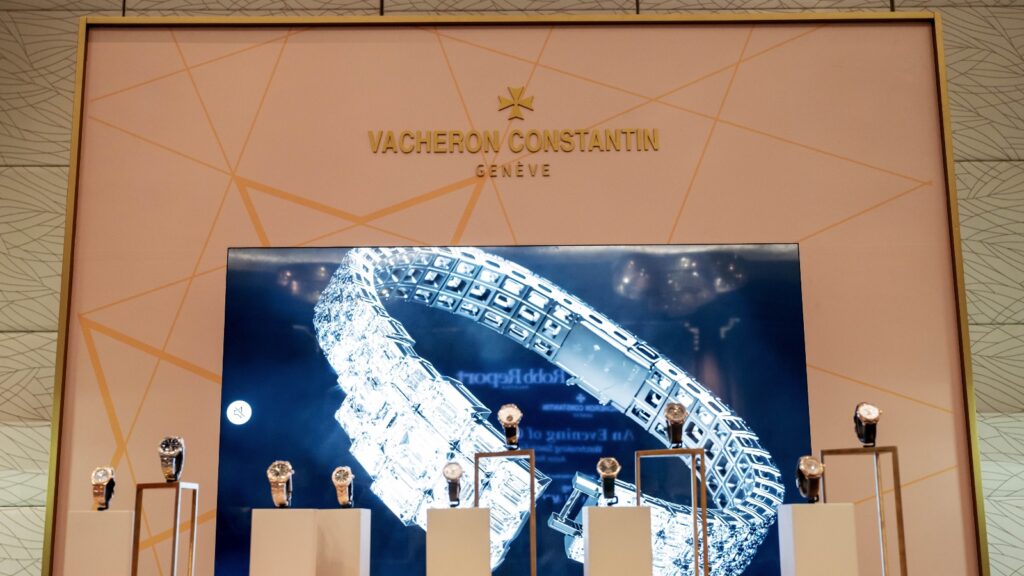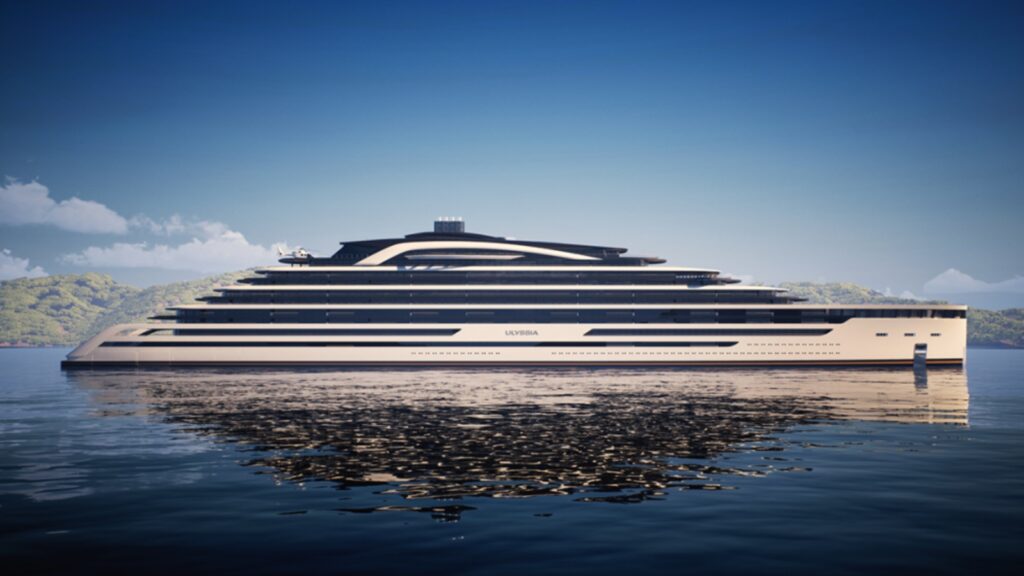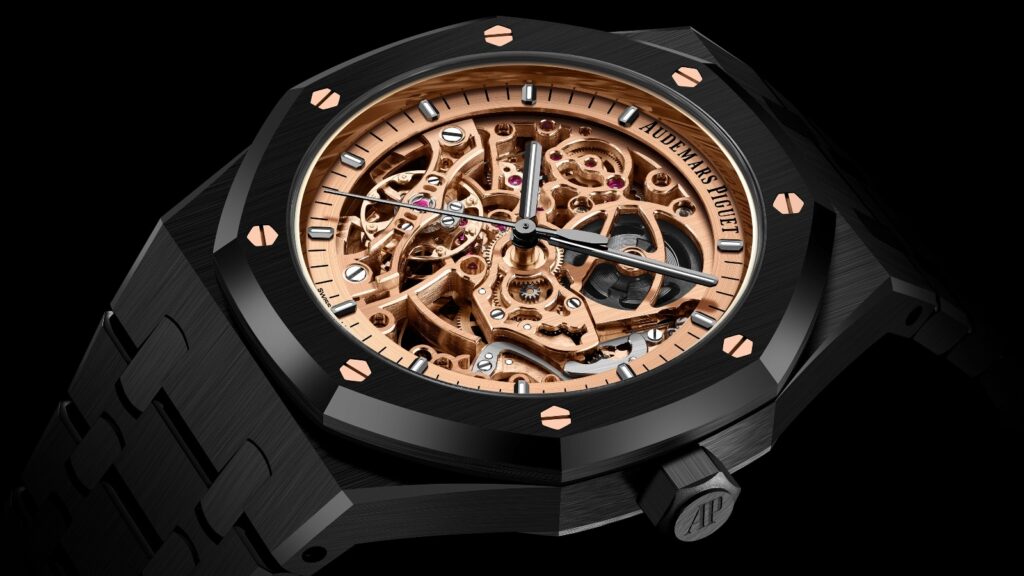Although more famous for its sunsets and beaches, Phuket is fast-becoming known as a location for digital nomads and corporate-types to settle down in—no doubt attracted by its sunsets and beaches along with the quality of life Southern Thailand affords. But, beyond its idyllic coastlines and limestone hills, and as a testament to Phuket’s reputation as a go-to international destination in which to live and thrive, developments such as the 73-rai Gardens of Eden—located on Bangtao Beach—is a luxury wellness, residential and hospitality community with 70 per cent of its land dedicated to botanical gardens and active green areas.
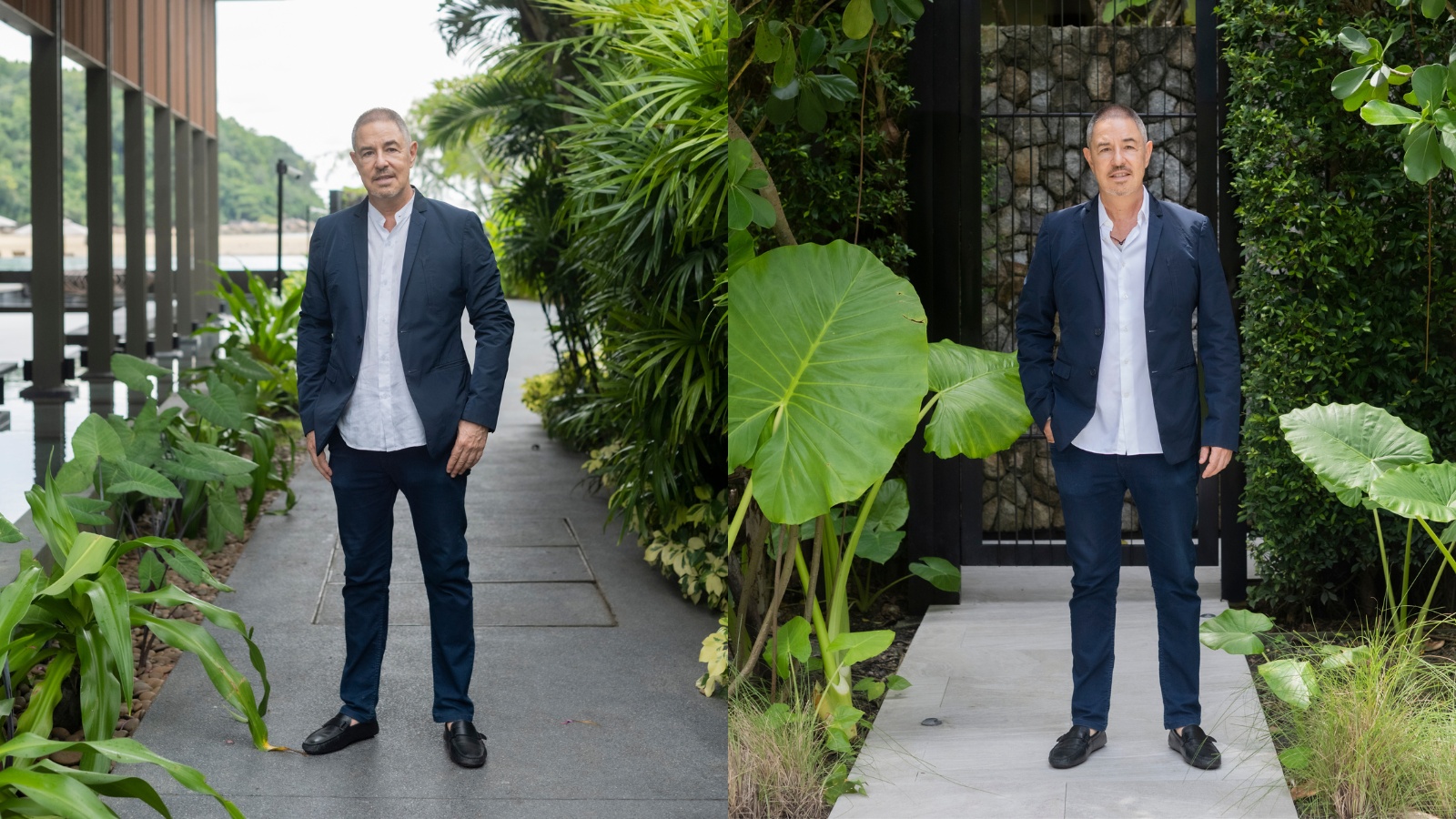
As its developer, the Amal Group of Companies is pouring a hefty US$315 million (RM1.5 billion) worth of investment into this biophilic initiative that reflects a sea change in terms of property development trends in Southeast Asia. Here, Martin Palleros, founder and principal design director of Tierra Design, a landscape architectural practice responsible for the Gardens of Eden, reveals his design raison d’être for this placemaking project.
Someone once told me that an object that has great design characteristics has potential to become a work of art. But a work of art is rarely a testament to great design. Do you agree?
There is sometimes a fine line between art and architecture. There are many examples over the years of architects who have blurred the line between works of art and architecture. A good example is Antoni Gaudi with the La Sagrada Familia. Great designs are not just about looks in my opinion; it is also about function, meeting clients or project requirements, and designing something that will be timeless. It’s not a project that will be visually pleasing today and out of fashion tomorrow. Also, a fully integrated design is one that creates a seamless flow between architecture, landscape architecture and interior space.
For the Gardens of Eden project, would you consider it as a work of art or a project with great design?
Gardens of Eden is a unique project, whereby the architecture, landscape and interior design have been holistically conceived, resulting in a project where 70 per cent of the space will be dedicated to open spaces in the forms of gardens, pools, ponds and walkways. Our main intention for the project from day one has been to create a unique biophilic design. This is the strength of what we do and what makes my consultancy Tierra Design different from other practices. Gardens of Eden will create a space for an eco-conscious wellness community in Phuket that will set a new standard of living.
As an architect, how do you work within the confines of investment propositions and your design craft? In this context, what have been your main skills and thinking gleaned?
I believe that a good architect and team will be able to bring multiple skills, experiences and perspectives to a project. Our successful design proposals reflect the way we incorporate and integrate multiple requirements and sometimes contradictory briefs [in relation to] aspiration and budget.
In my work, I aim to develop an architectural and interior environment that always considers the landscape as the foundation. It goes beyond material and visual collaging and is much more about focusing on the quality of spaces and their relationships with the landscape. This clear, conceptual approach is more robust and more likely to achieve quality outcomes within a developer context. It allows us to balance budgets and to be selective in where the higher-value materials are articulated because we understand the ultimate goal.
Ultimately, success doesn’t necessarily depend on costly finishes, and if something changes or is removed during the process, we are able to review and modify aspects of the project to achieve a holistic balance. This is a very important skill and mindset to have. If the concept is not understood, changes can devalue a project, rendering it unbalanced and compromised as a whole.
In the past 30 years of working in Southeast Asia, what are the main design tropes that have evolved? How and what have you learned from these?
I remember my first trip to Bali visiting Amandari in Ubud, which was one of the first tropical resorts in Asia designed by Peter Muller in the ’70s. It was one of the first times I saw a beautiful swimming pool design with an overflowing edge creating a very strong magical connection with the surrounding view. After this, there have been many projects where designers have used overflow edges on their pools. Many of them, however, are not used in an appropriate way. They miss the point of Peter Muller’s intention on his original design of using the overflow to create a strong connection with the context of its landscape. It is important to always have the context in mind and to not lose focus when applying design ideas.
As with all placemaking developments, what are the challenges present in Gardens of Eden and how different is this project from previous ones you worked on?
I would say the challenge is in ensuring a generosity of landscape and materiality within the confines of site, density and budget. Good planning to provide unobstructed and appealing views and privacy is also something that requires us to navigate obstacles at times.
When it comes to mentors, what have they taught you that you still consider essential in your present work?
After completing my architectural degree in Buenos Aires, I went to Miami to do a Master in Architecture. There, I met a professor who had an architectural degree and a Master in Landscape Architecture. He talked me into doing my Master in Landscape Architecture instead of Architecture. This completely changed the way I used to approach architectural design.
Now, instead of seeing the building as just an object, I start the design process by first studying the site to understand the context of where the building has to be designed and how to maximise the best qualities of this relationship. This is what makes a unique project that belongs only to this particular site and nowhere else.
What are the projects, besides Gardens of Eden, that you are most excited about?
Andaz Bali is one of our most recent projects. It is a project that summarises what we do best in terms of biophilic design within the context of Sanur and Bali. The project embraces the deeper meaning of culture, inspiring us to create a contemporary Balinese village in harmony with the surrounding landscape.
